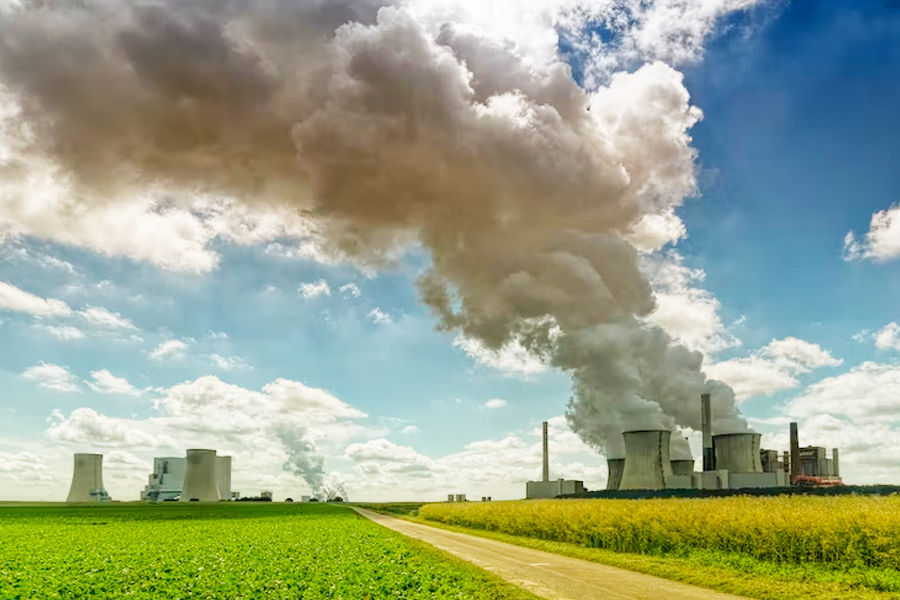
Image Source: unsplash.com
The concentrations of various air contaminants are typically meant when the term “air quality” is used. What Are the Components of Air Pollution? (มลพิษทางอากาศมีอะไรบ้าง, which is the term in Thai) Carbon monoxide (CO), ammonia (NH3), nitric oxide (NO), nitrogen dioxide (NO2), ozone (O3), particulate matter (PM), sulphur dioxide (SO2), and volatile organic compounds (VOC) are all major air pollutants. This type of analysis seems unnecessary. What effect do they have on people’s health and happiness? Find out by reading on!
Ammonia (NH3)
Ammonia is an odorous, colourless gas. Most of it comes from farms, making fertiliser and dealing with animal waste. Cigarette smoke and disinfecting sprays are two indoor factors.
Inhaling even trace amounts of ammonia can irritate the eyes, nose, throat, and respiratory system, and excessive doses are toxic. It harms terrestrial and aquatic environments, contributing to pollution, eutrophication, and acidification. Ammonia produces secondary particulate matter when mixed with other air pollutants (PM2.5).
Carbon Monoxide (CO)
Carbon monoxide is a poisonous gas that lacks flavour, smell, and appearance. It is released into the air when fuel is burned, such as in cars. Boilers, fireplaces, ovens, range hoods, central vacuum systems, tobacco smoke and propane heaters are all potential indoor sources of carbon monoxide. Power plants, biomass burning, forest fires, and the wood industry are potential contributors to the gas’s overall production.
Nitric Oxide (NO)
Nitric oxide, also termed nitrogen monoxide, is a colourless, poisonous gas generated from coal and petroleum combustion processes. Automobiles and thermal power plants are two major contributors.
Nitrogen Dioxide (NO2)
Nitric oxide (NO) is oxidised to nitrogen dioxide (N2O) via combustion processes such as those used in diesel engines and the burning of coal, oil, gas, wood and waste plants.
Ozone (O3)
Ozone at ground level is a bluish gas with a strong odour. Photochemical reactions between bright sunlight and UV radiation produce it mostly from other pollutants such as nitrogen oxides, carbon monoxide, and volatile organic compounds. Domestic electric motors powering photocopiers, printers, and other office machines are a major indoor source.
Sulphur Dioxide (SO2)
Sulphur dioxide is an odorous, poisonous gas. Coal, oil, and metal ores are the primary sources; however, emissions from transportation modes like shipping also contribute.
Volatile Organic Compounds (VOC)
The term “volatile organic compounds” describes various carbon-containing molecules. Air pollution comes from various indoor and outdoor sources, such as incomplete combustion and volatile industrial wastes. Furniture, plastics, carpets, wallpaper, cleaning chemicals, lacquers, solvents, and tobacco smoke are only indoor sources of volatile organic compounds (VOCs).
Conclusion
The EPA has recognised six pollutants as “criteria” air pollutants because it controls them by defining human health-based and environmentally-based criteria (science-based guidelines) for setting allowable limits.







